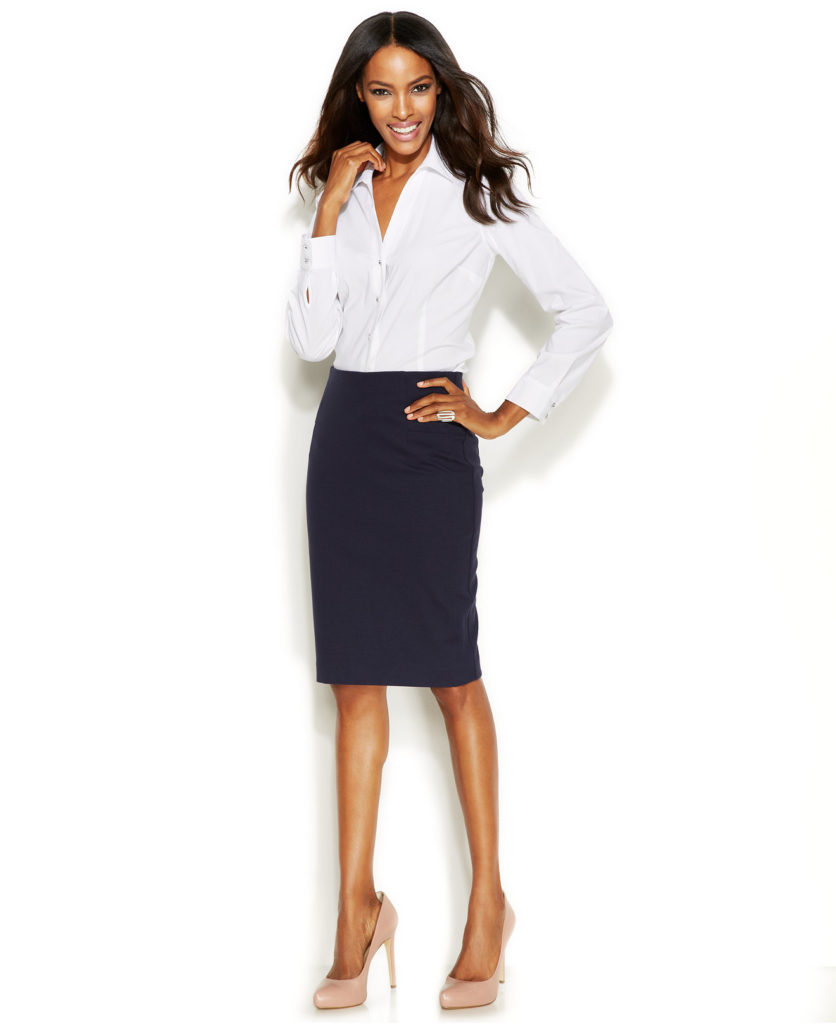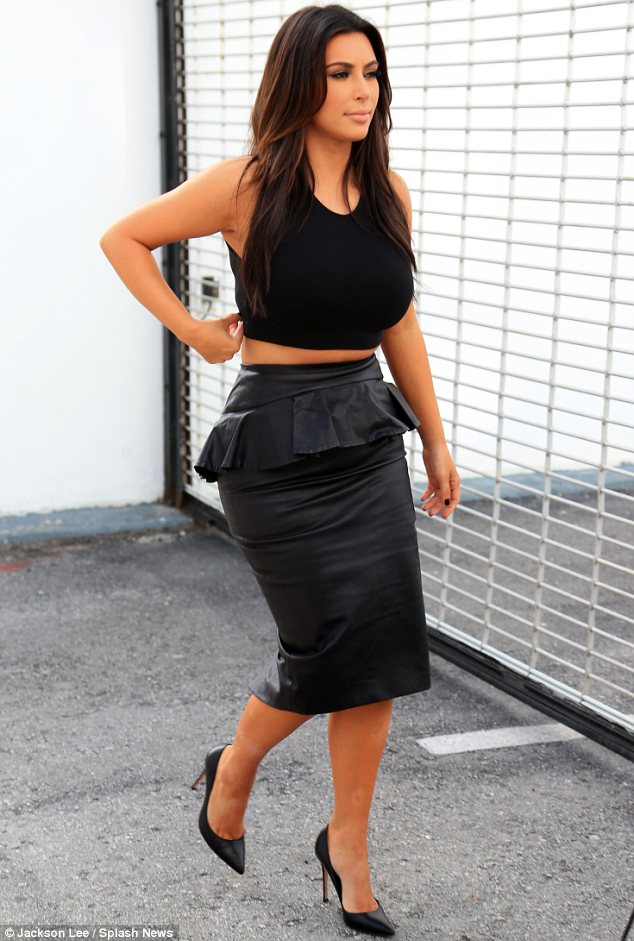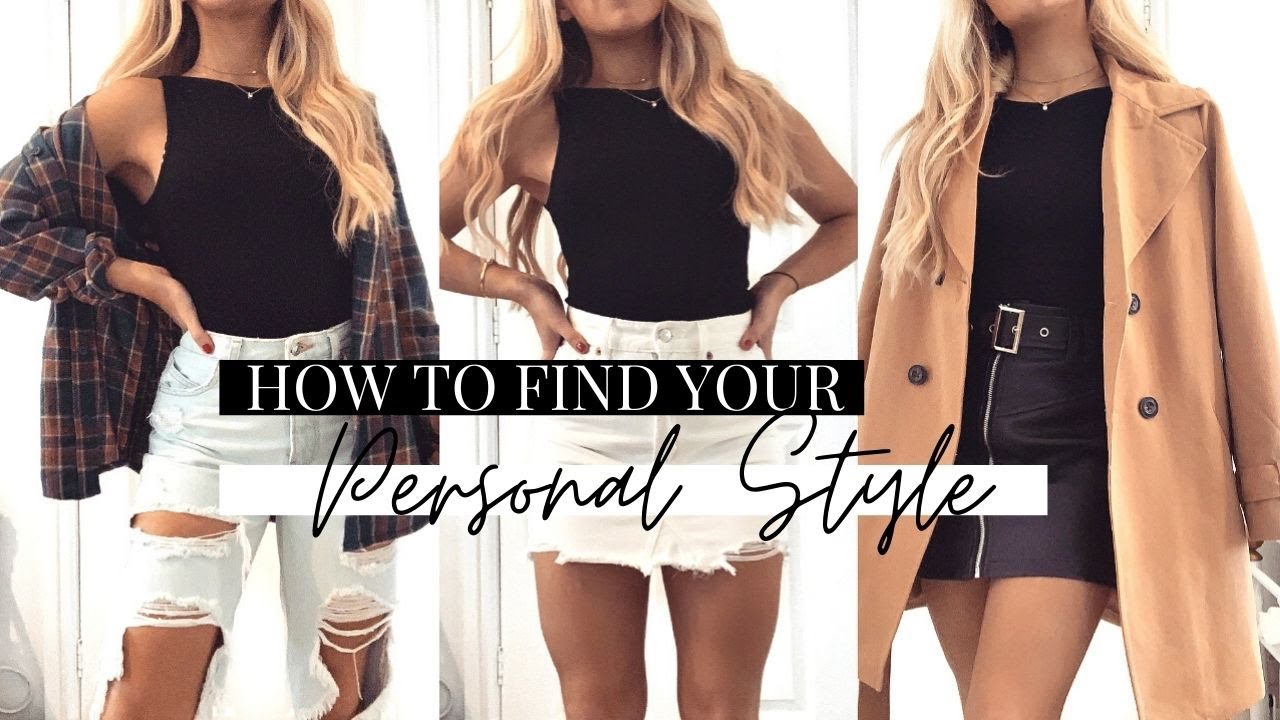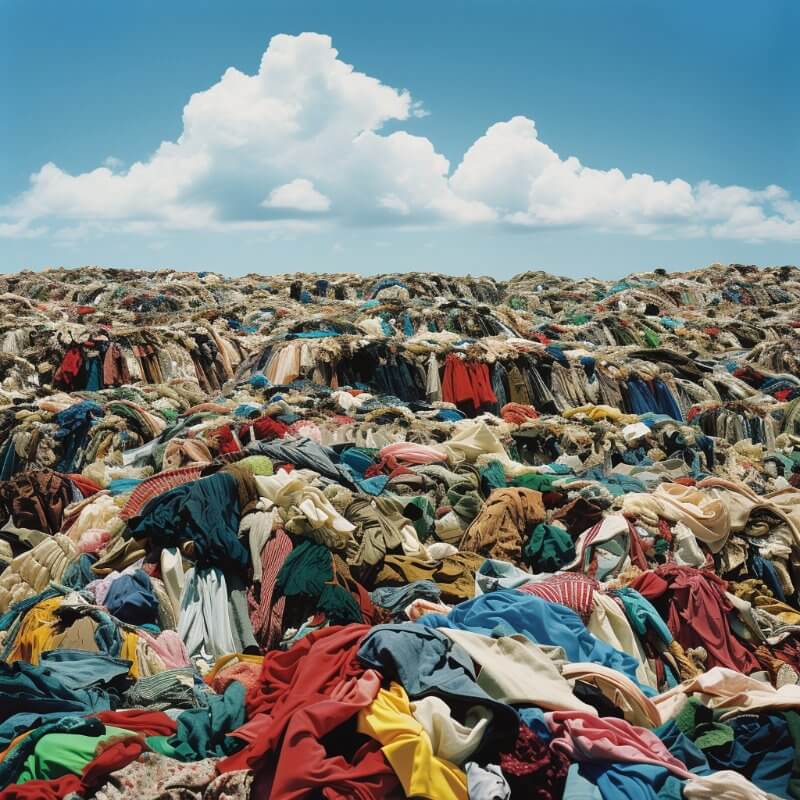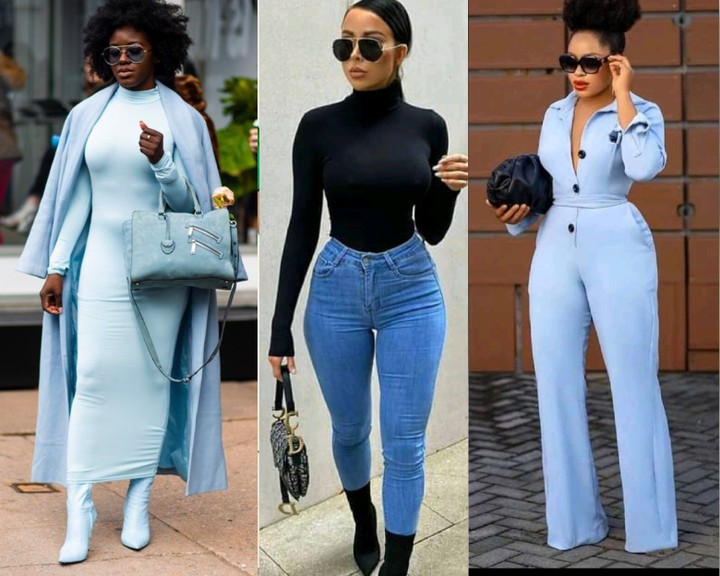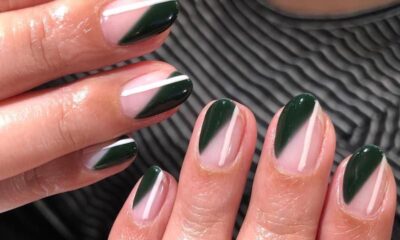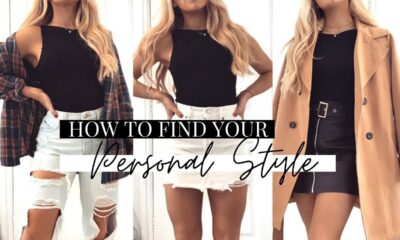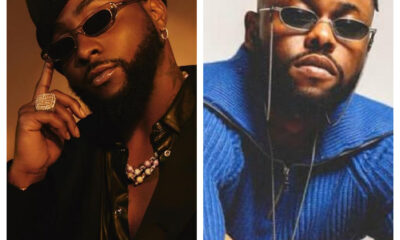Finding your personal fashion style can be a fun and empowering process. It’s about discovering what makes you feel confident, comfortable, and true to yourself.
If you’re unsure where to start, don’t worry. The following steps will help you identify your unique fashion style in no time.
1. Assess Your Wardrobe
Start by taking a close look at what you already own. Analyze your favourite pieces. Which items do you wear the most? Pay attention to colours, patterns, and fabrics that you gravitate towards.
This step gives you insight into the types of clothes that make you feel most like yourself. You can also discard pieces that no longer serve you, allowing you to refine your wardrobe.
Tip: Keep a list of the pieces you love and why. This will help you identify recurring themes in your wardrobe.
2. Identify Fashion Inspirations
Look for style icons or people whose fashion you admire. These can be celebrities, fashion bloggers, or even friends. Study their outfits and figure out what attracts you to their style.
Is it their choice of accessories, their colour palette, or the way they mix casual and formal pieces? Use this as a guide to find elements you can incorporate into your own wardrobe.
Tip: Pinterest and Instagram are great platforms for gathering style inspiration. Save outfits that resonate with you to create a style mood board.
3. Experiment with Different Styles
To truly discover your style, try experimenting with different looks. Don’t be afraid to step out of your comfort zone. Try on clothes that you wouldn’t normally wear and see how they make you feel. You might be surprised by how much you like a particular look that you’ve never considered before.
Tip: Visit a thrift store or organize a clothing swap with friends. This allows you to experiment without breaking the bank.
4. Consider Your Lifestyle
Your lifestyle plays a huge role in defining your personal style. Are you someone who needs professional attire for work, or do you spend most of your time in casual settings?
Consider the activities you engage in daily and let them guide your clothing choices. Your style should reflect not only who you are but also how you live.
Tip: If your days vary between work, social events, and relaxation, you might want to explore a versatile wardrobe that easily transitions between settings.
5. Understand Your Body Shape
Choosing clothes that flatter your body shape is key to finding a style that works for you. Different cuts and fits can accentuate certain areas while minimizing others. Knowing what styles complement your body will help you feel more confident and comfortable in your choices.
Tip: Look up guides on dressing for your body shape. They offer valuable advice on which styles highlight your best features.
6. Define Your Color Palette
Certain colours may suit your skin tone better than others. Discovering your ideal colour palette can make a big difference in how you feel in your clothes. Try on different colours and take note of which shades brighten your complexion or make you feel energized.
Tip: Don’t limit yourself to trends. Stick to colours that make you feel good, even if they aren’t popular at the moment.
7. Invest in Quality Staples
Once you have a better sense of your style, start investing in quality wardrobe staples. These are timeless pieces that you can wear in various settings and easily mix and match. Think of items like a well-fitted blazer, classic jeans, or a little black dress.
Tip: Invest in fewer, better-quality items rather than a lot of fast-fashion pieces. High-quality staples will last longer and maintain their shape and appearance over time.
8. Embrace Accessories
Accessories can elevate even the simplest outfits. Scarves, hats, jewellery, and belts are great ways to express your personal style without a complete wardrobe overhaul. Don’t be afraid to experiment with bold accessories to make a statement or more subtle ones for a minimalist look.
Tip: A great handbag or pair of shoes can make an outfit pop, so choose your accessories wisely.
9. Be Authentic and Stay True to Yourself
Most importantly, stay true to yourself. Fashion is personal, and the key to great style is wearing what makes you feel confident. Don’t feel pressured to follow trends if they don’t align with your preferences. Your personal style should reflect your individuality.
Tip: The best style is one that evolves with you. As you grow and change, so will your style—embrace it.
How do I know which style suits me?
Try different styles and notice what works for you. Pay attention to what you enjoy wearing and what feels uncomfortable. Use these insights to refine your choices. The goal is to find a style that makes you feel confident and like the best version of yourself.
How do I know which style suits me?
- Step 1: Identify your personal style archetype by analyzing what appeals to you and aligns with your personality.
- Step 2: Create a mood board using images, colours, and pieces that inspire you.
- Step 3: Recognize your signature styles, focusing on the outfits and accessories that make you feel your best.
- Step 4: Select outfits that reflect both your values and your lifestyle.
- Step 5: Adapt your chosen styles to suit your preferences and comfort level.
- Step 6: Own your style with confidence, wearing it boldly and proudly.
Conclusion
Finding your personal fashion style is a journey of self-discovery. By assessing your wardrobe, drawing inspiration from others, experimenting with new looks, and staying authentic, you can define a style that is uniquely yours.
Remember, fashion is about expressing yourself, so enjoy the process and wear what makes you feel amazing.
For more fashion updates, check here.



